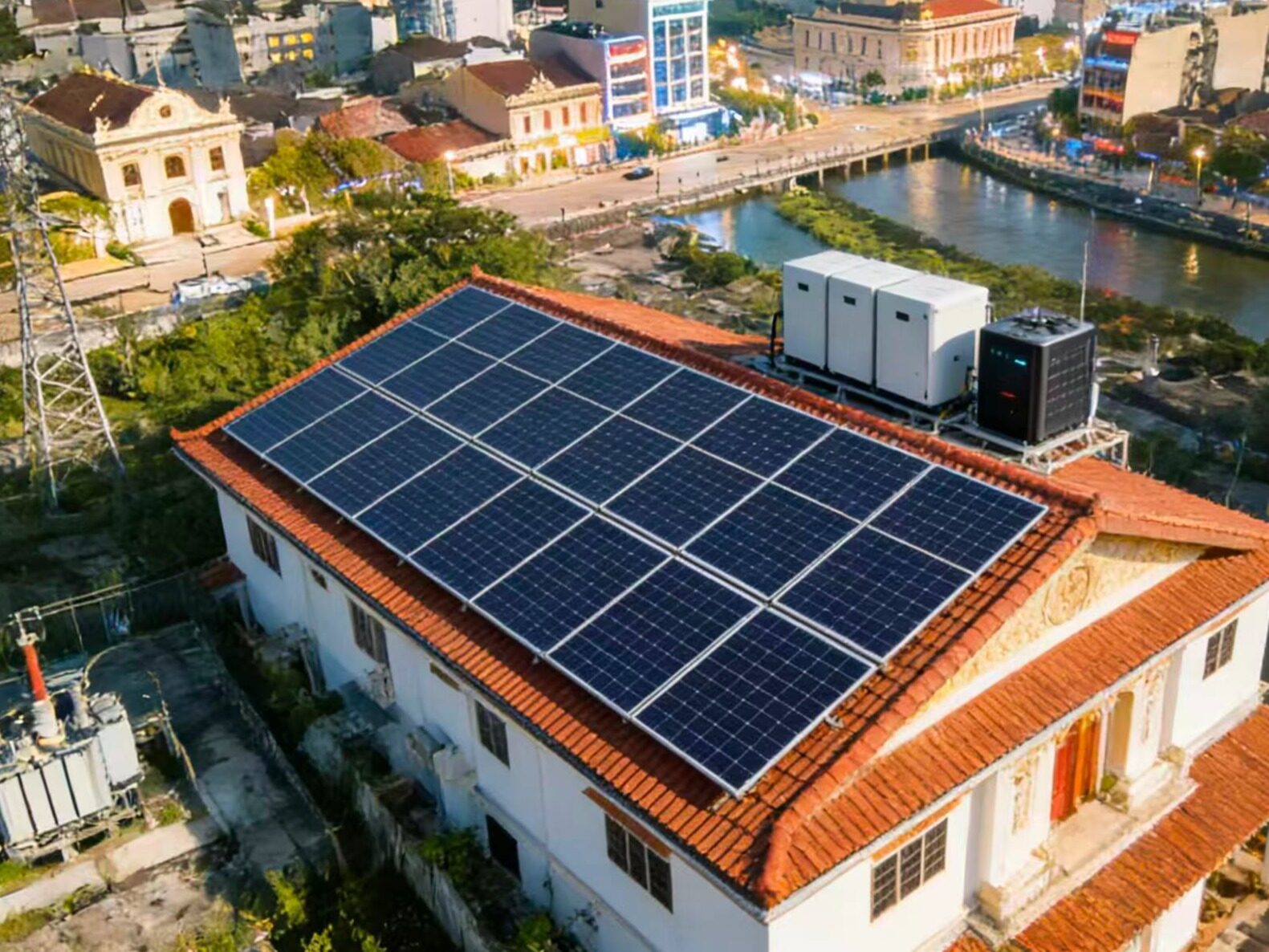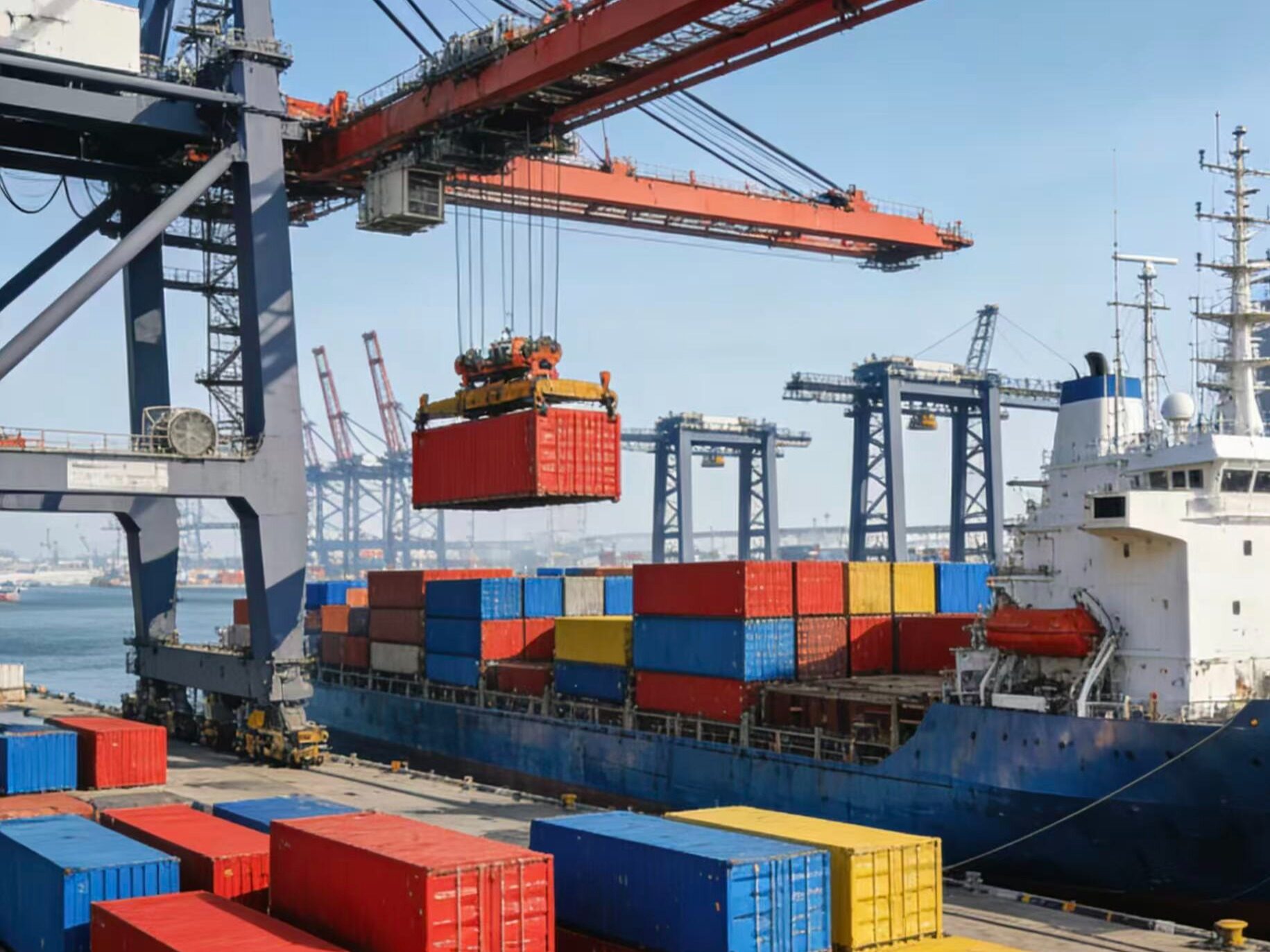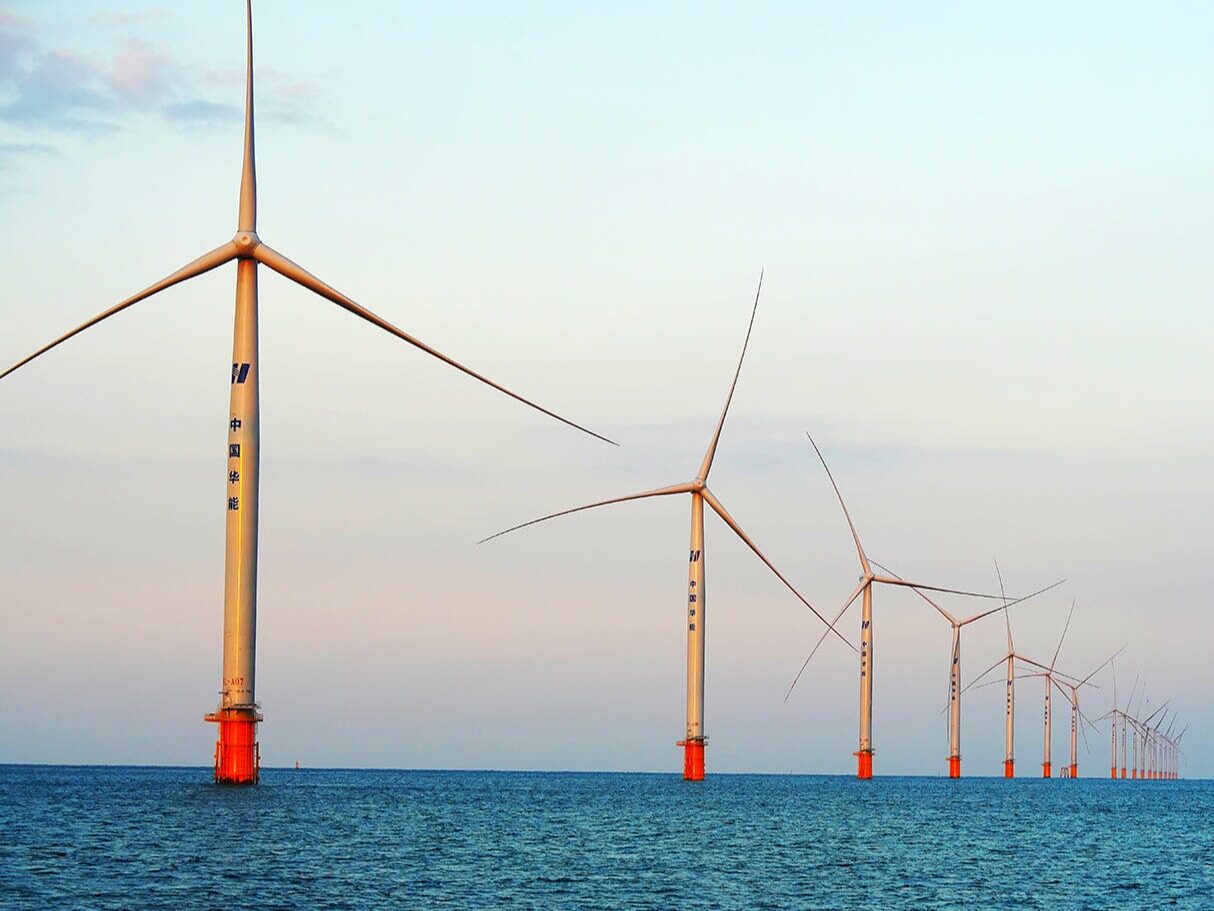
- Since the introduction of the Belt and Road Initiative, China and the countries along the route have been good-neighborly and friendly
In the eight years since the Belt and Road Initiative was put forward, new progress has been made in economic and trade cooperation between China and countries along the route, and the results of international cooperation have attracted worldwide attention. At present, anti-epidemic and economic recovery have become the focus of cooperation between the Belt and Road Initiative and countries along the route, which further reflects the important role of the Belt and Road Initiative in global governance. However, some Western countries and media have never stopped slandering and accusing the initiative, and continue to create topics. Since former U.S. President Trump defined China as an "economically aggressive" country in the National Security Strategy Report, the accusations of "economic predation" have been rampant under the exaggeration of some Western media. With the deliberate guidance of the Western government led by the United States and selective reports by Western media, China's Belt and Road Initiative has attracted great attention overseas. But there is no doubt that the Belt and Road Initiative is a mutually beneficial cooperation, and the "economic plundering theory" is a typical transfer of flowers and trees.
To clarify this issue must start with understanding what economic plunder is. Economic plundering was first used to explain the process of Western European countries’ overseas colonial expansion and the seizure of resources from other countries to develop their own economies in the early capital accumulation process. The essence of economic plunder is that the Western European powers used their own strong position and hegemony to exchange economic resources with weaker countries. When some U.S. government officials used economic plunder to describe the Belt and Road Initiative, they obviously replaced the Western colonialist mindset with China’s opening-up policy, conflating Western hegemonism with China’s mutual benefit and win-win situation. This argument is completely contrary to the Belt and Road Initiative in terms of starting point, path and result, and is absurd and unreasonable.
From the point of view, China’s Belt and Road initiative is based entirely on the concept of win-win cooperation, rather than grabbing resources from developing countries, and never thinking about overseas colonial expansion. On the one hand, the signing of the One Belt One Road project is entirely based on the principle of mutual consent, in order to achieve the overall effect of "1+1>2", without compulsive nature. As President Xi Jinping said, the Belt and Road Initiative is not a "Marshall Plan" after World War II, but upholds the principle of extensive consultation, joint contribution and shared benefits to create a new platform for national cooperation. On the other hand, colonial expansion and the threat of hegemony are based on military expansion, and China has not established any military bases overseas, which is not threatening to hegemonism. On the contrary, we fully respect the wishes of other countries, conduct full exchanges at the economic and trade level, and do not attach any political clauses.
Remarkable results
From the perspective of the path, Chinese companies have produced positive spillover effects on local economic development by investing in countries along the Belt and Road. Economics believes that foreign direct investment can produce technology spillover effects and competitive effects. That is to say, the entry of foreign capital will prompt the host country to have experiences and models that can be learned and imitated in terms of productivity and technological progress. Relevant data show that as of 2019, Chinese companies have built 82 overseas economic and trade cooperation zones in countries along the route, with a cumulative investment of 28.9 billion U.S. dollars, nearly 4,000 enterprises entering the zone, and a total of more than 2 billion U.S. dollars in taxes and fees paid to the host country, creating 24.4 for the local area. 10,000 jobs, 85% of the more than 380,000 employees in the overseas branches of central enterprises are local employees.
At the same time, the Belt and Road overseas infrastructure is the focus of investment. China is actively carrying out the planning and construction of the Asian Highway network and the Trans-Asian Railway network. It has opened 13 roads and 8 railways with Northeast Asia, Central Asia, South Asia and Southeast Asia. In addition, there are oil and gas. A series of infrastructure construction such as pipelines, cross-border bridges, power transmission lines, and optical cable transmission systems. The construction of these rigid infrastructures can help the host country break the market segmentation caused by geographical restrictions and accelerate the differences in production factors, commodities, advanced technologies and management experience. The flow between regions will improve the efficiency of resource allocation between regions. It can be seen that the Belt and Road projects have greatly promoted the self-hematopoiesis of the host country itself, and this process is an important opportunity for economic development for developing countries along the route.
From the results, the construction of the One Belt One Road has played a vital role in increasing the employment rate of the countries along the route, promoting trade exchanges and improving local people's livelihood. "China's Belt and Road Trade and Investment Development Report 2021" shows that China's trade in goods with countries along the Belt and Road has increased from US$1.04 trillion in 2013 to US$1.35 trillion in 2020, accounting for a 25% increase in China's total trade in goods. To 29.1%. In the first seven months of 2021, China's total imports and exports to countries along the Belt and Road have maintained a high growth momentum of 25.5%. Among them, the China-Pakistan Economic Corridor is a landmark project for the joint construction of the Belt and Road. The cooperation between the two parties includes Gwadar Port, energy, transportation infrastructure and other aspects. In addition to helping them solve job problems, China also provides skills training for Pakistanis and solves problems. The power shortage problem has brought tangible benefits to Pakistan.
In the past year, under the influence of the new crown epidemic, the global economy has been sluggish, but the investment along the Belt and Road can still buck the trend and become an important catalyst for the economic recovery of the countries along the route. In 2020, in the context of a 35% year-on-year reduction in global direct investment abroad, Chinese domestic investors will realize direct investment of US$18.61 billion in 58 countries along the Belt and Road. The latest data shows that China has reached a cooperation consensus with the co-sponsors of the Belt and Road Vaccine Partnership Initiative for a total of 775 million doses of vaccines and original solutions, and 350 million doses have been provided so far. This series of data fully shows that the construction of the Belt and Road has brought tangible benefits to the countries along the route. Where does the "predation theory" start? Keywords: One Belt One Road, One Belt One Road News, One Belt One Road Project, Overseas Projects
From the starting point, implementation path to the results list, the Belt and Road Initiative demonstrates the concept of mutual benefit and win-win results. In its economic cooperation, there is only mutual benefit and no predation. Therefore, this argument is pure nonsense.Editor/XuNing
Comment
 Praise
Praise
 Collect
Collect
 Comment
Comment
 Search
Search














Write something~